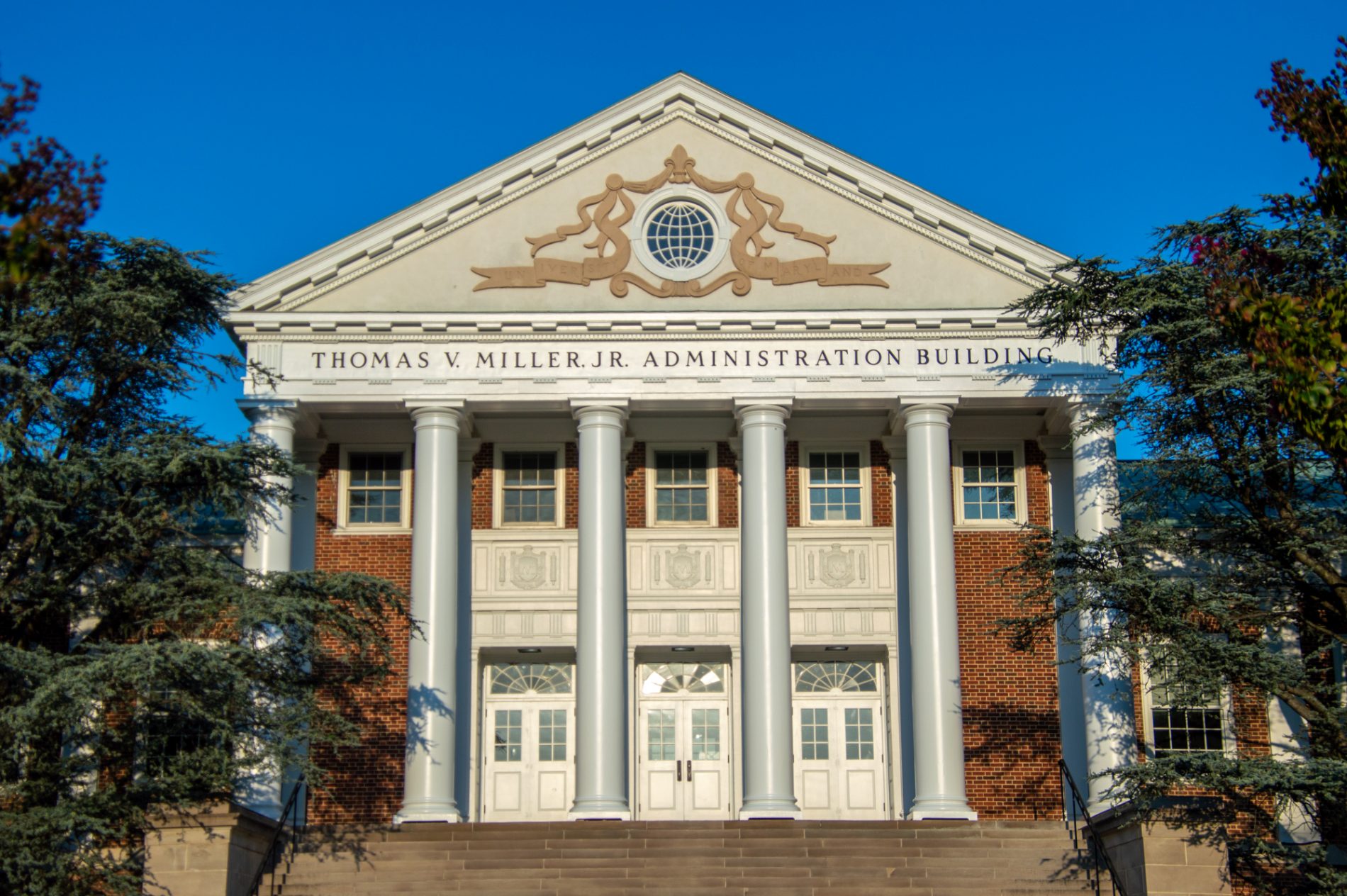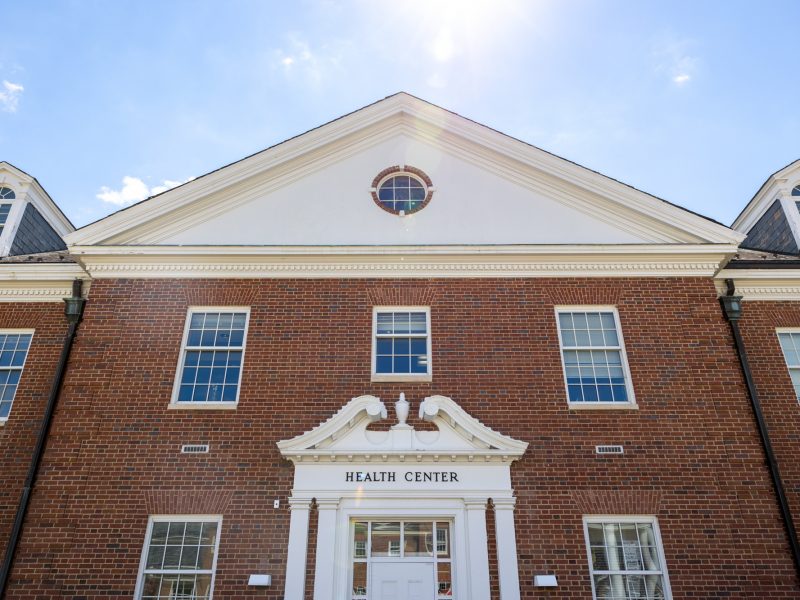Views expressed in opinion columns are the author’s own.
I’m not going to lie, I tend to ignore the mass emails that the University of Maryland higher-ups send. They’re usually a repetitive update or cheesy communications ploy, so I push these emails to the back of my inbox. However, when university President Darryll Pines notified the community on Thursday that he expects a return to in-person classes in the fall, I was all ears.
Pines and his administration “intend to welcome everyone back to have an in-person experience” on this campus. However, intention and action are two different things. It’s not fair to give students false hope about a return to normalcy. Before the university releases any information about a return to the campus, it needs to first work on obtaining vaccines and producing a viable vaccination process for its staff and students.
Currently, it’s an incredibly difficult and convoluted process to get vaccinated in Prince George’s County, where this university is located. Only about 4 percent of Prince George’s County residents have been vaccinated. This county is the second most populous in Maryland, but it’s distributed the fewest vaccinations.
Vaccines are hard to come by all around the state, not just in Prince George’s County, as Maryland currently ranks 35th in the country for vaccine distribution. If it’s a lofty goal to get Maryland and Prince George’s County residents vaccinated, the goal of vaccinating this university’s geographically diverse community seems nearly impossible. This bodes poorly for this university’s students, who hail from all across the U.S. and the world. This university has to ensure its students and staff have access to vaccinations well before a return to in-person classes can occur.
The current belief is that most Americans could be vaccinated by the end of summer. This would be great and would enable the university to begin to operate as it did pre-pandemic. However, with no publicly released information about how this university plans to ensure students, faculty and staff are vaccinated, it’s way too soon to even be thinking about in-person classes.
Additionally, there’s currently a bottleneck on vaccine distribution. The shots are going to those who need it most: essential workers, people over the age of 75 and healthcare workers. College students who are predominantly young and healthy don’t necessarily fit the profile that would allow them to get vaccinated sooner.
How can anyone even be thinking about in-person classes when the university has yet to secure vaccines for its students and staff? If the people who power this university can’t get vaccinations in their hometowns, and they can’t get vaccinations here, then the dream of returning to in-person classes goes up in smoke.
To bring students back to the classroom, this university needs to first focus on becoming a mass vaccination center. It has the space and resources; it even has the medical infrastructure. If this university can become a mass testing site for students and staff, it can easily become a vaccination center as well. This university is Maryland’s flagship research institution and as a public university, it has a responsibility to its students, the county and the state. This university must become a mass vaccination center. Once it does this, not only will the university community benefit, but the broader geographic community will too.
I want to return to in-person classes as much as the next student, but until the Pines administration proves it has an effective and efficient method to vaccinate students and staff, it’s hard to imagine the fall semester being any different than the current one. This university needs to prove it can provide a vaccination path for its community. Only then will planning for a return to classes feel like something other than a fever dream.
Maya Rosenberg is a junior journalism and public policy major. She can be reached at maya.b.rosenberg@gmail.com.



